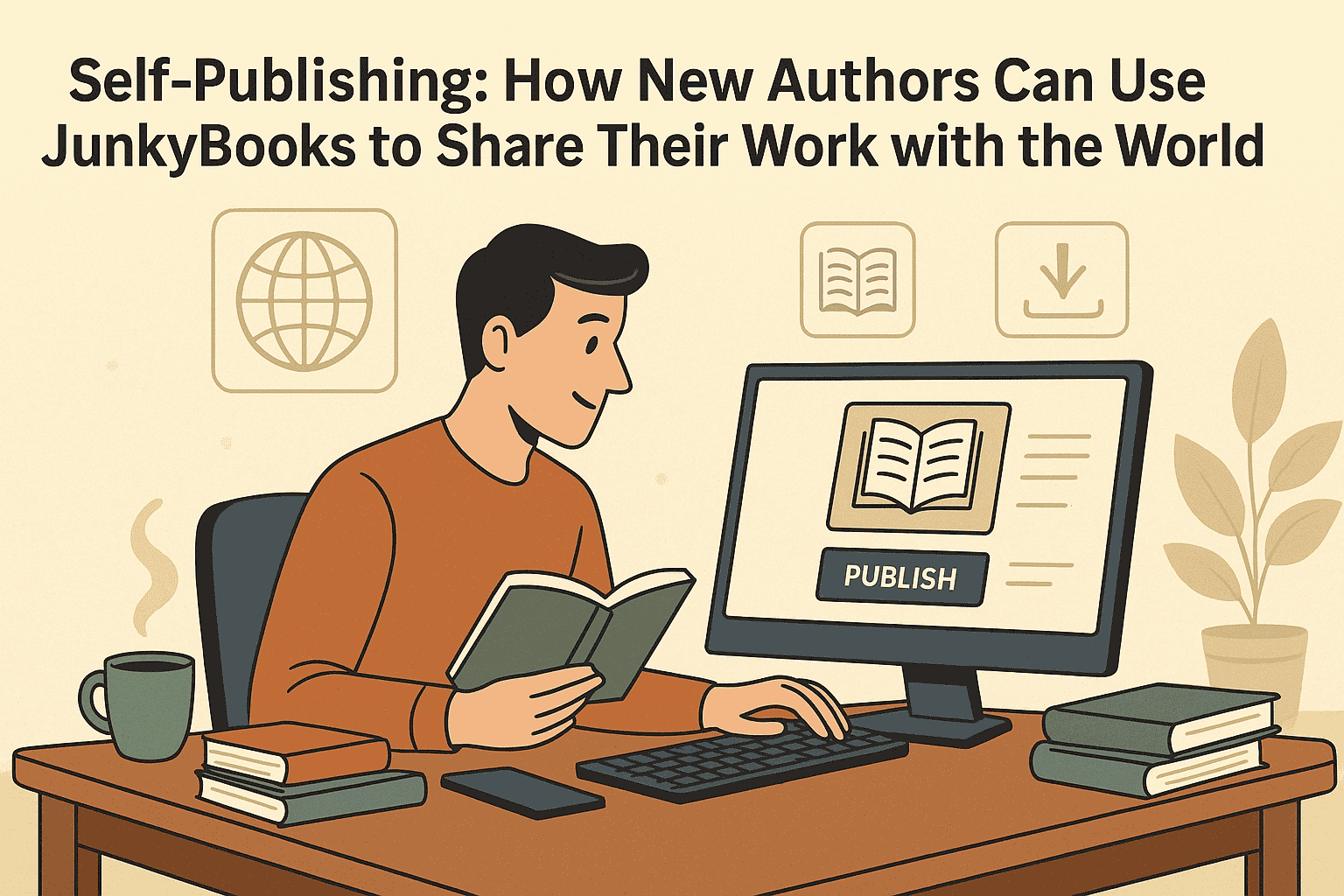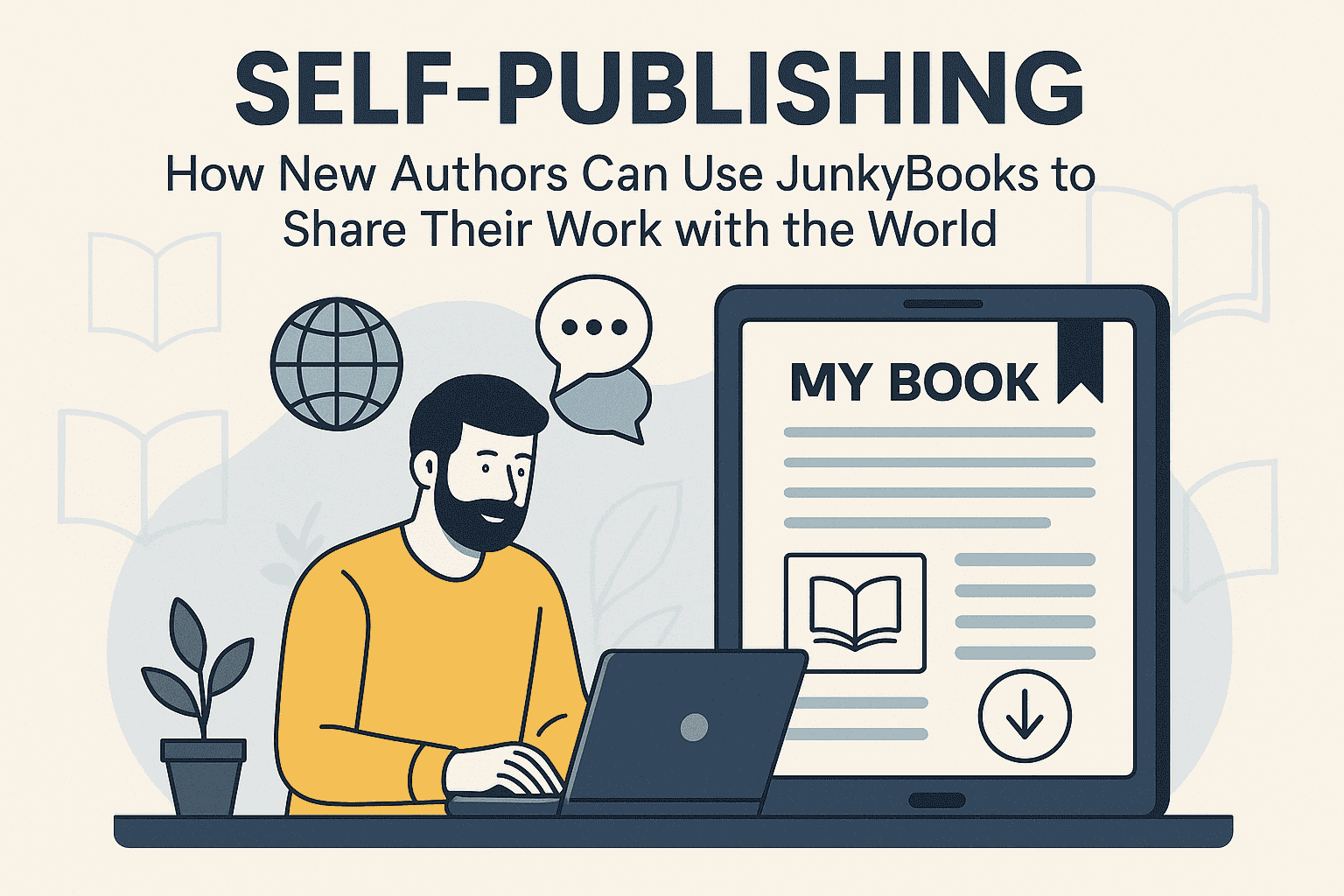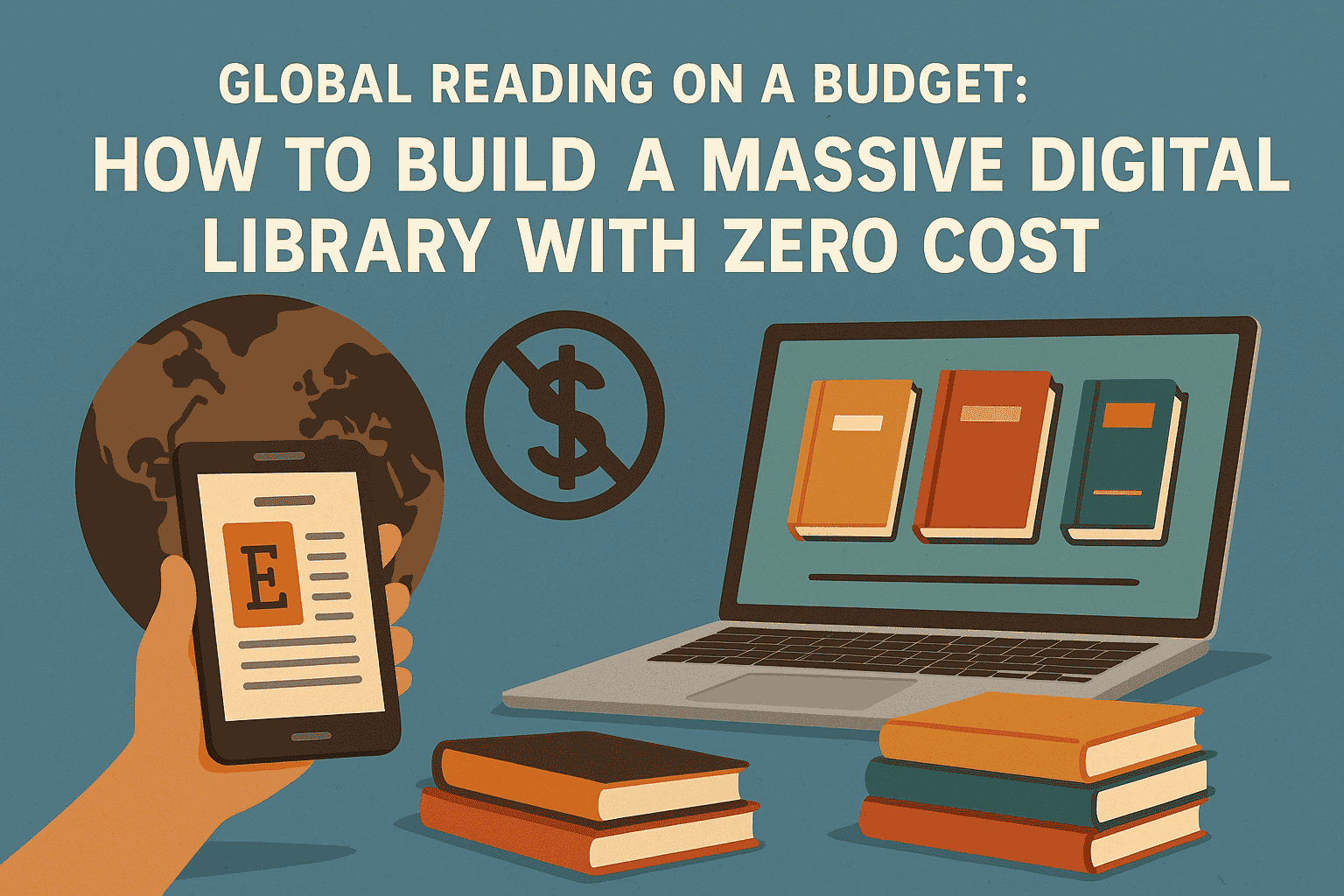The Social and Political Context of Charles Dickens's Novels
Charles Dickens wasn’t just a storyteller—he was a mirror to Victorian England. His novels aren’t only full of memorable characters and twisting plots; they also shine a light on the world he lived in. From grinding poverty to class divisions and the fight for reform, Dickens used his pen to speak out on the issues that mattered most in his society.
Understanding the social and political background of Dickens’s time helps us appreciate his work on a deeper level. It reveals why his novels resonated so powerfully with readers then—and why they still do today.
England in the 1800s: A Nation in Flux
When Dickens began writing in the early 19th century, England was undergoing major changes. The Industrial Revolution had transformed the economy, bringing machines, factories, and urban sprawl. While this boom brought wealth to some, it created overcrowded cities, pollution, and a widening gap between the rich and the poor.
Child labor, unsafe working conditions, and slums were common realities. Dickens himself witnessed these things firsthand growing up. His father was thrown into debtors’ prison, and young Charles had to work in a shoe polish factory. This personal experience of hardship would influence nearly everything he wrote.
At the same time, Britain was undergoing political change. The Reform Acts were slowly expanding the right to vote, and social movements were growing louder—especially those calling for better treatment of the working class. Dickens’s novels tapped directly into these issues, often acting as a voice for those who had none.
Poverty and Class Divide
One of the most prominent themes in Dickens’s work is poverty. He doesn’t just show poor characters—he shows their struggles, their dignity, and the ways they’re often mistreated by the system. Think of Oliver Twist, a child born in a workhouse, who faces cruelty and exploitation at every turn. Or Little Dorrit, who is literally born and raised in a debtor’s prison, much like Dickens’s own experience.
In novels like Bleak House or Hard Times, Dickens doesn’t shy away from showing how the upper classes ignore the suffering of others. He critiques the idea that wealth is linked to virtue, exposing the hypocrisy of those who claim to be “good” while stepping over the poor.
Yet Dickens was not a revolutionary—he didn’t call for a violent overthrow of the system. Instead, he believed in compassion, education, and reform. His goal was to awaken empathy, to make readers see the humanity in the people society ignored.
The Social and Political Context of Charles Dickens's Novels
Charles Dickens wasn’t just a storyteller—he was a mirror to Victorian England. His novels aren’t only full of memorable characters and twisting plots; they also shine a light on the world he lived in. From grinding poverty to class divisions and the fight for reform, Dickens used his pen to speak out on the issues that mattered most in his society.
Understanding the social and political background of Dickens’s time helps us appreciate his work on a deeper level. It reveals why his novels resonated so powerfully with readers then—and why they still do today.
England in the 1800s: A Nation in Flux
When Dickens began writing in the early 19th century, England was undergoing major changes. The Industrial Revolution had transformed the economy, bringing machines, factories, and urban sprawl. While this boom brought wealth to some, it created overcrowded cities, pollution, and a widening gap between the rich and the poor.
Child labor, unsafe working conditions, and slums were common realities. Dickens himself witnessed these things firsthand growing up. His father was thrown into debtors’ prison, and young Charles had to work in a shoe polish factory. This personal experience of hardship would influence nearly everything he wrote.
At the same time, Britain was undergoing political change. The Reform Acts were slowly expanding the right to vote, and social movements were growing louder—especially those calling for better treatment of the working class. Dickens’s novels tapped directly into these issues, often acting as a voice for those who had none.
Poverty and Class Divide
One of the most prominent themes in Dickens’s work is poverty. He doesn’t just show poor characters—he shows their struggles, their dignity, and the ways they’re often mistreated by the system. Think of Oliver Twist, a child born in a workhouse, who faces cruelty and exploitation at every turn. Or Little Dorrit, who is literally born and raised in a debtor’s prison, much like Dickens’s own experience.
In novels like Bleak House or Hard Times, Dickens doesn’t shy away from showing how the upper classes ignore the suffering of others. He critiques the idea that wealth is linked to virtue, exposing the hypocrisy of those who claim to be “good” while stepping over the poor.
Yet Dickens was not a revolutionary—he didn’t call for a violent overthrow of the system. Instead, he believed in compassion, education, and reform. His goal was to awaken empathy, to make readers see the humanity in the people society ignored.
The Rise of Industrialism
In Hard Times, Dickens takes aim at the harsh logic of the industrial age. The fictional town of Coketown represents a typical industrial city—smoky, noisy, and soulless. Here, workers are treated like machines, and children are taught only facts, not imagination or empathy.
The novel critiques utilitarianism, the belief that society should aim for the greatest good for the greatest number. Dickens saw how this philosophy, while logical on paper, led to the exploitation of workers and the loss of humanity in daily life.
By portraying characters like Thomas Gradgrind—who values only numbers and logic—Dickens warns us what happens when society forgets the human side of things.
Child Labor and Exploitation
Children play a major role in Dickens’s novels. Whether it's David Copperfield, forced to work in a bottling factory, or the Artful Dodger, surviving by pickpocketing, Dickens consistently draws attention to the lives of young people in difficult circumstances.
This wasn’t just for dramatic effect. In Dickens’s time, child labor was common. Children worked long hours in factories, mines, and chimneys. They were cheap labor and easy to control. Dickens used his fame to expose these conditions and push for better treatment of children.
In fact, one of his most powerful achievements was influencing public opinion. His books helped to shift how people viewed child labor and contributed to the push for legislation to protect children.
Corruption in Institutions
Dickens loved taking a jab at institutions—especially when they failed the people they were meant to serve. In Bleak House, he criticizes the endless delays and inefficiency of the Court of Chancery, a real legal institution in Victorian England. The fictional case of Jarndyce v. Jarndyce drags on for generations, ruining lives while lawyers get rich.
In Little Dorrit, Dickens targets the bureaucratic “Circumlocution Office,” a fictional government department that does everything except solve problems. This satire mirrors the real frustration many people felt about government red tape and inefficiency.
Through these examples, Dickens wasn't just being funny—he was showing how systems designed to help often ended up harming the most vulnerable.
Urbanization and the London Setting
London itself is almost a character in Dickens’s novels. From its foggy streets to its bustling markets, the city is alive and full of contradictions—wealth and poverty, joy and misery, light and darkness.
In Oliver Twist, Dickens contrasts the elegance of wealthy neighborhoods with the squalor of slums like Saffron Hill. These settings weren’t imaginary—Dickens took great care to base them on real locations he had explored himself. This realism gave his stories an edge and made them feel incredibly authentic to readers.
The rapid urbanization of the time created a sense of chaos and uncertainty. People were moving to cities for work, but often found terrible living conditions. Dickens captured that sense of dislocation and used it to fuel his characters' struggles.
Women and Gender Roles
While Dickens was a product of his time and didn’t always portray women with the complexity modern readers might hope for, he did offer pointed critiques of how society treated women.
Characters like Nancy in Oliver Twist show the limited options available to poor women and the dangers they faced. In Dombey and Son, Dickens challenges the idea that women exist only to support men. Florence Dombey’s emotional intelligence and quiet strength contrast with her father’s cold business-minded approach.
Dickens’s women often suffer, but they also reveal the gaps and injustices in a society that valued them less than men.
The Power of Redemption
Despite all the darkness in his novels, Dickens believed in redemption. Characters could change. Miserly Ebenezer Scrooge in A Christmas Carol finds his heart. Sydney Carton in A Tale of Two Cities makes the ultimate sacrifice out of love.
Dickens wanted readers to believe that no one was beyond saving—not individuals, not society. This belief in the possibility of growth and change is one of the most hopeful threads running through his work.
Dickens’s Legacy
Today, we read Dickens not just for his unforgettable characters or his gripping plots, but because his world still speaks to ours. Poverty, inequality, bureaucracy, and injustice are not relics of the past. They continue to shape our lives today.
When we read Dickens, we are reminded to see the people behind the statistics, to think critically about the systems we live in, and to keep striving for a fairer world.
His writing wasn’t just literature—it was a call to action.







